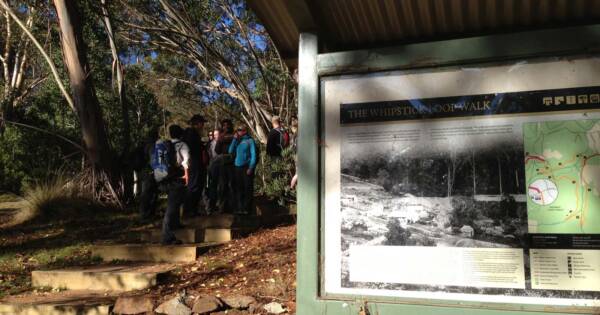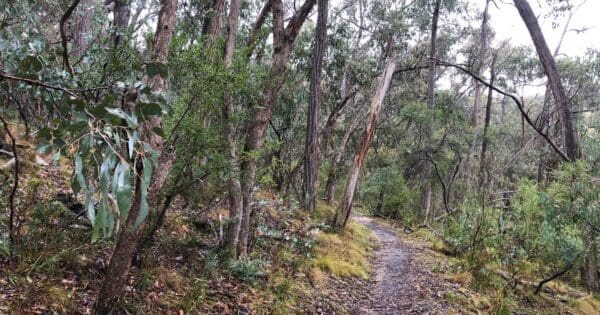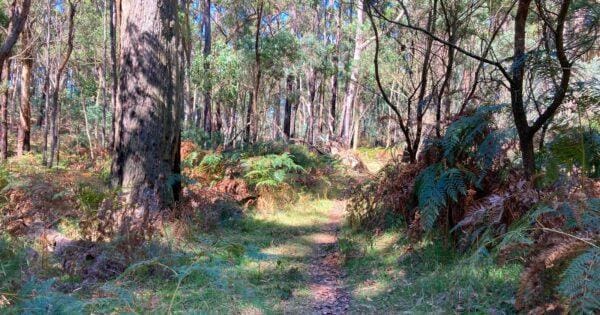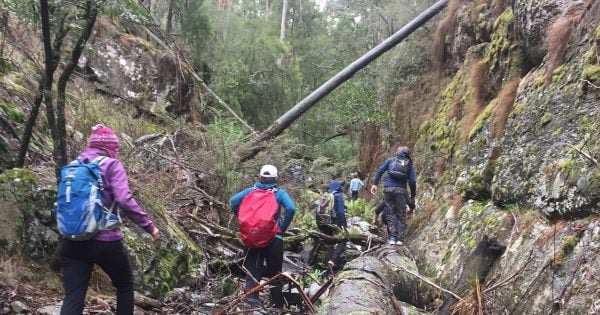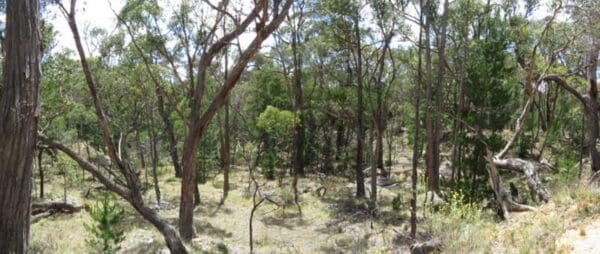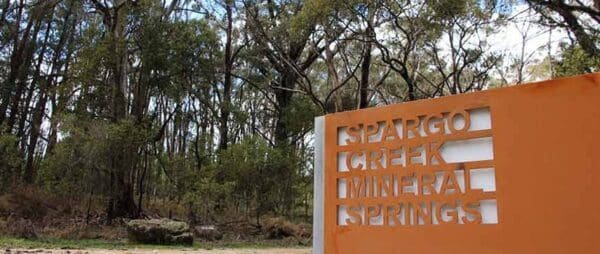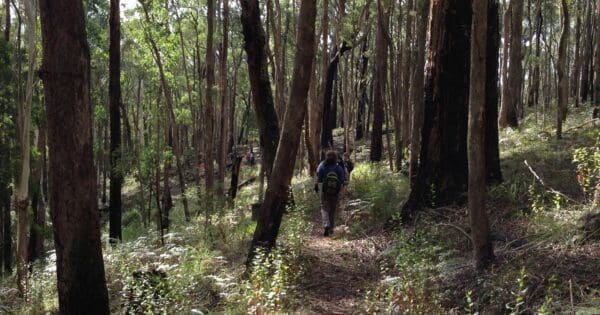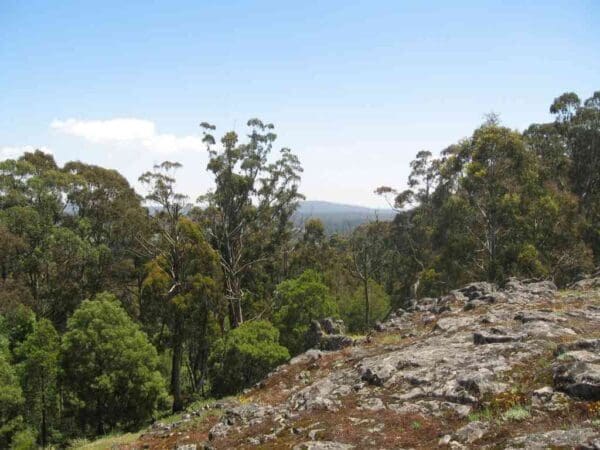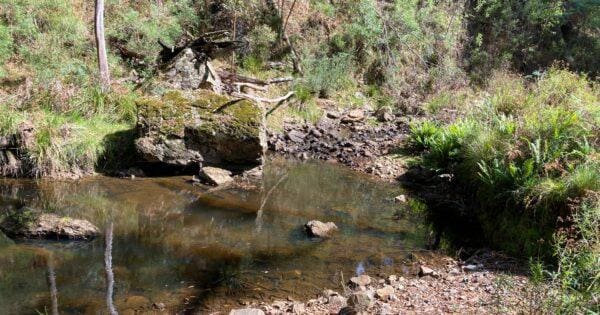Sorry, no records were found. Please adjust your search criteria and try again.
Sorry, unable to load the Maps API.
Explore stunning hiking trails of Wombat State Forest
Discover the diverse trails of Wombat State Forest, Victoria, offering hikes and walks for all skill levels and interests. Find your perfect adventure today.
Discover 11 hiking trails in Wombat State Forest
Exploring the Trails and History of Wombat State Forest
Wombat State Forest, situated between Woodend and Daylesford in Victoria, covers approximately 70,000 hectares and lies along the Great Dividing Range. Located about 100 kilometres northwest of Melbourne, it is a prominent destination for those seeking adventure through walks, bushwalks, hikes, and various trails. This forest is particularly notable for its extensive mineral springs, which account for over 80% of Australia’s mineral springs. These waters are rich in minerals such as calcium, silica, magnesium, iron, and sulphur, a result of the region’s volcanic activity.
The forest is an attraction for adventurers, offering walking and cycling trails, four-wheel driving, trail bike riding, camping, and wildlife spotting. The Wombat State Forest stretches across both sides of the Great Dividing Range, from Creswick to Mount Macedon. This region also includes about 400 volcanoes, with extinct ones like Mount Babbington, Mount Wilson, and Blue Mount located within the forest.
The land now known as Wombat State Forest was originally inhabited by the Dja Dja Wurrung, Wurundjeri, and Wadawurrung peoples. Prior to European settlement, the forest likely covered a much larger area. The mid-19th-century gold rush, which saw gold discovered in Blackwood, led to extensive logging. Timber from the forest was used for various purposes, including lining mine shafts, constructing tunnels, fuelling mine boilers, making railway sleepers, and building piers, docks, and electricity poles.
In 1860, the Land Act prohibited the slashing and clearing of trees, and by 1871, the Wombat State Forest was officially established. By 1884, there were 36 sawmills operating in the Wombat and Bullarook Forests, supplying wood to Melbourne and other parts of Victoria. However, the lack of regeneration led to what a Royal Commission in the late 1890s described as a “ruined forest.” Consequently, the forest was closed to mining and logging for 50 years to allow for regeneration.
Despite these efforts, effective regeneration had not occurred by the late 1960s. At this time, shelterwood logging commenced, involving the removal of up to 80% of trees, followed by a regeneration burn and a final removal 10-20 years later. Some areas at the forest’s western edge were cleared and converted to pine plantations. In the mid-1980s, a “Timber Industry Strategy” introduced sustainable yields for the forestry industry, setting the sustainable yield for the Wombat Forest at historical sawlog license levels. This strategy led to concerns from the surrounding community due to the high level of permitted yield.
In 2001, the local community published findings on sustainable forest management, demonstrating community involvement in state-run management plans. However, in 2010, community groups expressed fears that logging could resume in the forest after the State Government allocated logging licenses in western Victoria.
Want to find the best trails in Wombat State Forest for an adventurous hike, casual walk, or a family trip? Trail Hiking Australia has the best trails for walking, hiking, running, and more.
Find more places to explore…
Help expand the trail collection!
Know of an official trail not listed on Trail Hiking Australia? I’m focused on showcasing the best tracks managed by land managers, and I’d love your help! Sharing a trail adds to our community and helps others discover safe, new adventures.
Submit your trail here
